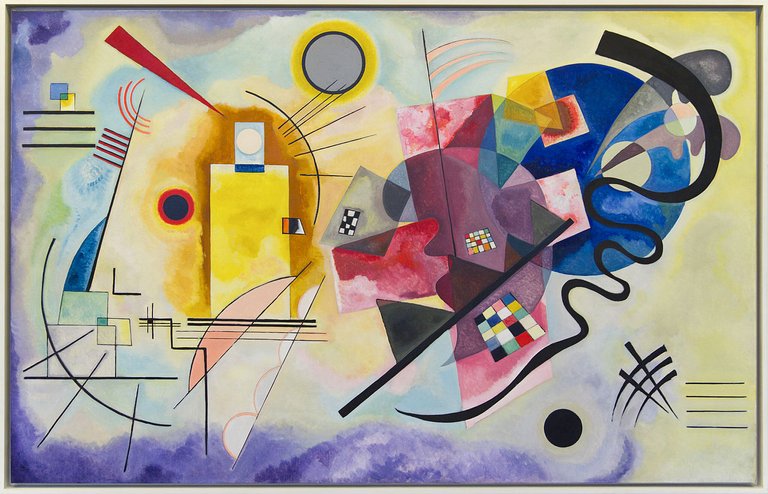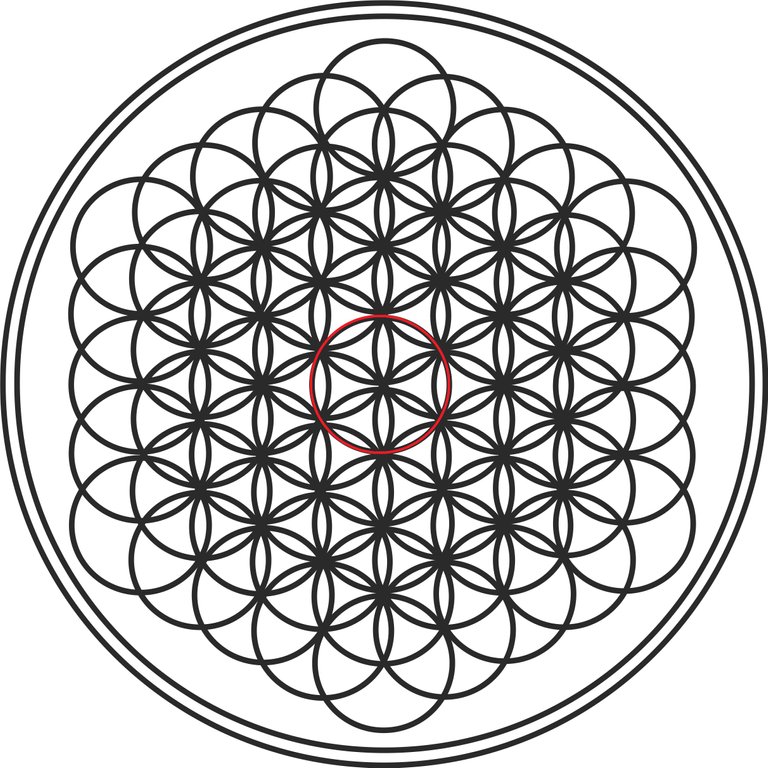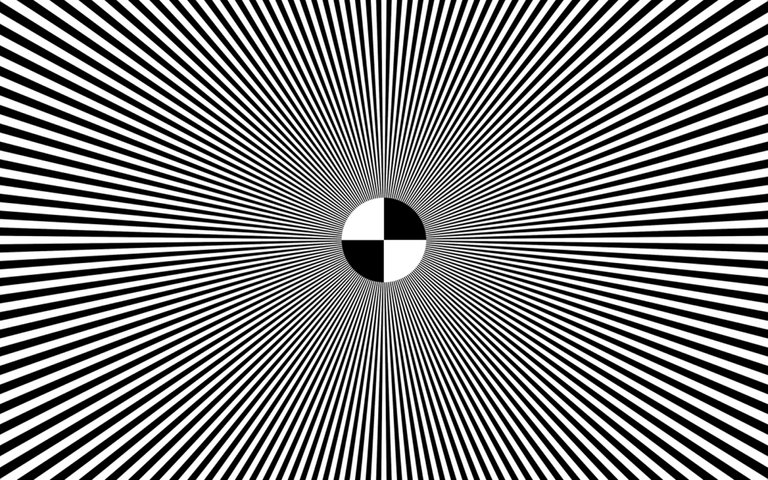The synaesthesia fits very well within all mentioned, for those who don't know the term it's about a perceptual phenomenon that affects approximately 1% of the world population. A biological exception that has always magnified the field of arts and it has been expanding the field of neuroscience in recent decades; something that could generate significant contributions in our species hand in hand with technological advances. Maybe we are talking about the clearest indication of a new period in our biological evolution.

Some Theory…
Etymologically, the word synaesthesia comes from the Greek "sún" (together) and "aisthesis" (sensation), which give us a clear idea of its meaning; for purposes of this publication will be taken as:
“The production of a sense impression relating to one sense or part of the body by stimulation of another sense or part of the body”. English Oxford Dictionary Online [OED Online] (2001)
Therefore, people who have this perceptual condition experience multiple sensory responses to a physical stimulus, in other words they have its wires crossed; if they hear a sound they can see a color simultaneously, or they perceive a taste when they touch a surface with their hands; in the same way they can have a sensory response when perceive linguistic, logical and cognitive symbols such as words, numbers, days of the week, including faces and in this way affirm that Tuesday is bitter, that Monday is orange, that the number zero is timid, among many other inconsistencies compared to common perception.
The first records of formal scientific studies about synesthesia date back to the end of the 19th century by Francis Galton, but it was not until the second half of the 20th century that the veracity of synesthesia could be verified as a reality, before of that and because of the great influence of positivism on the investigative works the studies about a subjective phenomenon were not taken into account and ended up being considered as something of little importance; Synesthetes were often sent to psychiatric hospitals and they were diagnosed with schizophrenia, or they were classified as having drug addiction problems (LSD), all because of the lack of information. unfortunates.
Only 1% is synesthete? Why is it?
The process analogically is a pruning or suppression of the synaptic connections that our organism in its natural choice considers unnecessary or unprofitable and eliminates them to make more effective communication between those connections that it considers of greater importance, this process does not take carried out with such rigor in the synesthetes and this explains their crossing of neural cables; So while the population usually has a house with 5 rooms in its head, the synesthetes have a warehouse with office type subdivisions, incomplete walls and paper doors. So we all continue being synesthetes maybe not at the level of seeing colors in the letters, or savoring a sound, or spatially locating a sequence of numbers, but we do preserve certain synesthetic traces in our everyday experiences. There are many scientific experiments that prove it, a clear example is the bouba/kiki effect, which shows that human beings do not assign names to objects arbitrarily.
Even the physical world itself shows some correspondence when generating the signals that we process and qualify as color and sound, it may sound reductionist but in that sense everything is summarized to vibratory phenomena.
And the art?
As is to be expected, the vast majority of these people have an inclination for art and related activities, from where we want to see it, their condition makes them more susceptible to art and the creative world although the fact of being synesthete does not determine that their artistic abilities in the production of works are superior. However, they have more sources of inspiration and perhaps their need to transmit their experiences is greater. Not all the synesthetes "use" their condition to express it in their artistic works, in the field of painting and music there were many artists (some synesthetes), who explored this "fusion" of senses and tried to reproduce it in their creations within which highlights Aleksandr Skriabin (musician) who sought to create a direct relationship between the chromatic scale and the chromatic circle, later caught the interest of some members of the group Der Blaue Reiter as Vassily Kandinsky (Painter) and Arnold Schoenberg (musician and painter). They were part of the expressionist movement.

Yellow, red and blue (1925) Wassily Kandinsky. Centre Georges Pompidou,Paris, Francia. Source
"Color is the keyboard, the eyes are the harmonies, the soul is the piano with many strings. The artist is the hand that plays, touching one key or another, to cause vibrations in the soul” Kandinsky (1911). Concerning the spiritual in art .
I suppose that all of the above is enough to enter into context, this is where it gets interesting.
A few months ago while I was surfing I came across a video, it showed a man with an antenna implanted in his head, it was Neil Harbisson, the first cyborg legally recognized in the world since 2004.
Neil is an artist, musician, born with a visual condition that makes it impossible for him to see the colors, known as achromatopsia, therefore, the world looks grayscale for him. With the help of experts it was implanted an antenna connected to his brain that allows him to perceive the colors, not to see them, but to perceive them starting from a synesthetic principle; The antenna has a camera that translates the tonalities of color to sound waves and in this way Neil can perceive the color by listening to it. Here I leave a video where Neil himself explains it.
To do this, the Cyborg Foundation was created, a foundation that seeks to help those who wish to take the step of becoming cyborgs, and at the same time fight for the defense of their rights, because of course ... the current laws are for humans.
What determines that a cyborg is considered as such?
What does the future hold?
I like to think of synesthesia as a progress, as an evolutionary spark and a solution. It turns out to be a window into the unknown and although synaesthesia does not derive from cyborism and the cyborism approach is not the synaesthesia, the fusion of both brings solutions for those who lack one of the 5 senses, it is known that these people develop other sensitive areas more than normal so it does not seem crazy to think that a blind man would stop losing visual information if he had an implant similar to Neil, among many things I have no doubt that the experience of that person would be much more interesting; What if we, like a blind man, even with our 5 senses at the top, are losing valuable information? How blind are we to our environment? because a lot of those gaps are filled with superstitions and mystical explanations and I don't blame us, but will we have the possibility to transcend those barriers?.
And one more:
If having an antenna implanted in his head Neil Harbisson's brain had to make a neurological modification, consequently his whole organism had to adapt, which for many represents an aberration to the divine creation. What do you think would happen if Neil conceived a child? i mean, could cyborism modify our genetic code? For some this represents an atrophy of man as a living being, for me, it is transcendence, evolution, progress and I think it is inevitable.
Interest Content






oh this art ook like magic
@abigail-dantes
Congratulations @nelsooona! You have completed the following achievement on Steemit and have been rewarded with new badge(s) :
Click on the badge to view your Board of Honor.
If you no longer want to receive notifications, reply to this comment with the word
STOPDo not miss the last post from @steemitboard:
SteemitBoard World Cup Contest - The results, the winners and the prizes